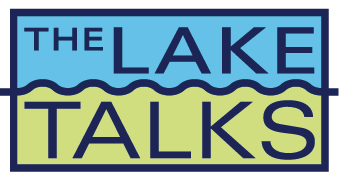The wilds of one Lake Ontario bay reveal how coastal habitats suffer from a changing climate and human choices
The wetland ecosystem of Braddock Bay in Monroe County, New York, is a prime example of how climate change and fluctuating Lake Ontario water levels have altered the shoreline habitat. Read the full story by the Chicago Tribune.
Great Lakes Commission
https://www.glc.org/dailynews/20200901-climate-change-lake-ontario



 Topics include aquatic invasive species, eating local fish and Green Bay’s ecosystem
Topics include aquatic invasive species, eating local fish and Green Bay’s ecosystem






